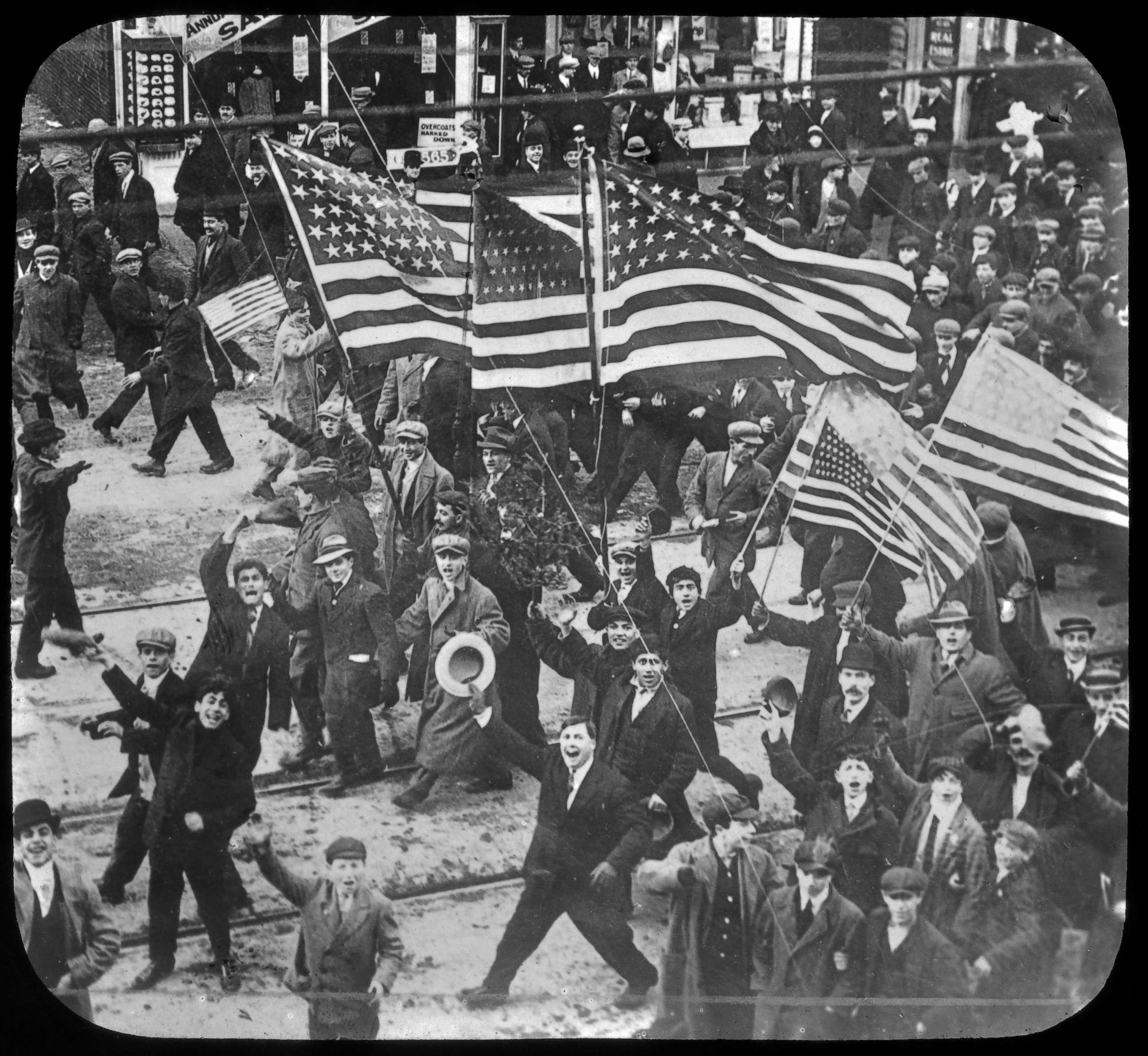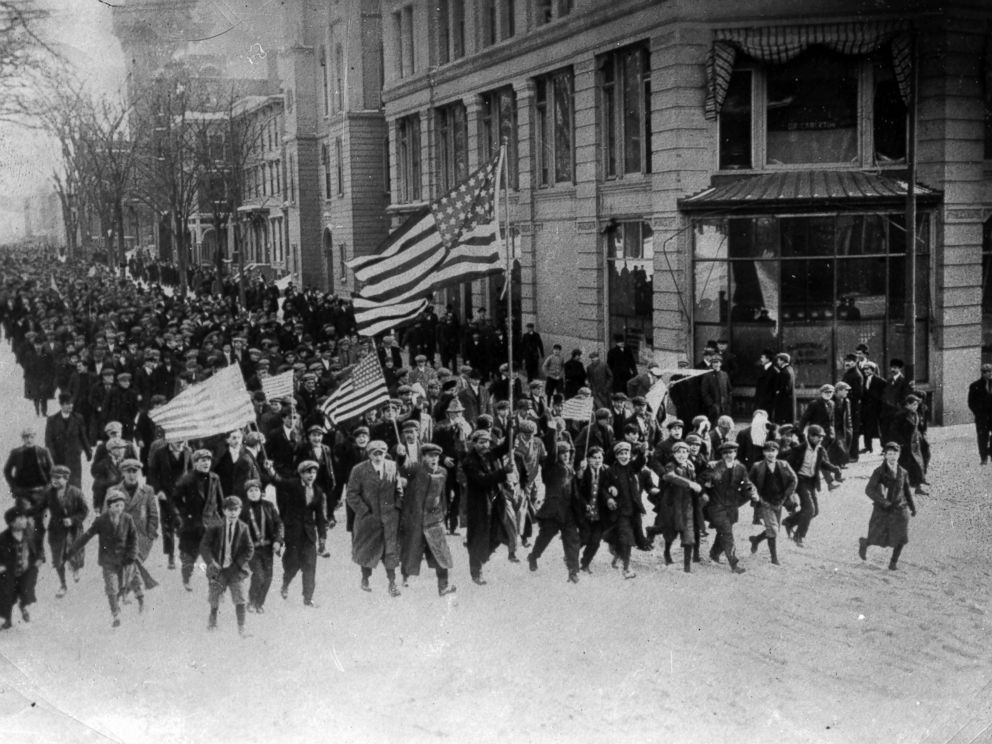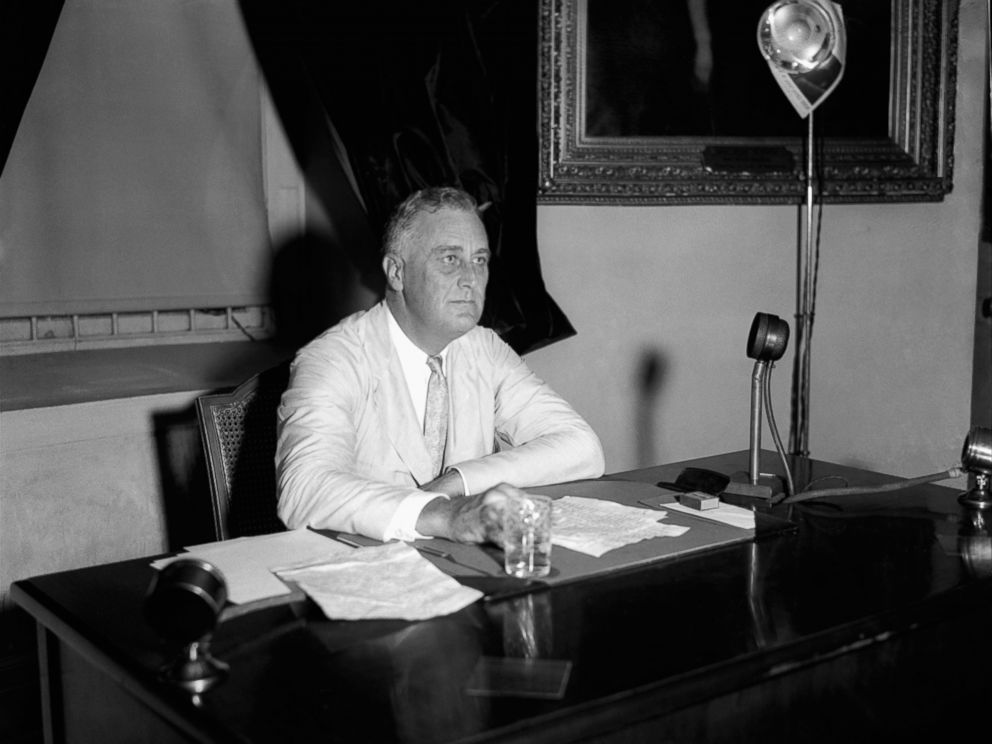A Brief History of the US Minimum Wage
Americans have grappled with how to compensate workers for more than a century.
— -- For more than a century, Americans have grappled with how to fairly compensate the nation’s lowest paid workers. As states like California and New York join the growing movement for a $15 minimum wage, ABC News explores the fascinating history of an issue viewed as both a job killer and a human rights cause.
The nation owes much of its minimum wage laws to the industrial workers of Lawrence, Massachusetts. Thirty-thousand workers textile walked off their jobs in January 1912 after their wages were cut by 32 cents. Known as the Bread and Roses Strike, picketers endured arctic temperatures and billy club wielding police for nine weeks before the factory owners finally agreed to a 15 percent wage hike, sending a rippling effect across the country. By the end of June, Massachusetts recommended the first state-wide minimum wage for women and children. Within eight years, 13 other states and the District of Columbia had followed suit.

It would take another two decades before the federal government caught up. In 1933, as the country reeled under the Great Depression, Congress passed the National Industrial Recovery Act, giving President Franklin Delano Roosevelt the right to regulate industry. As part of the NRA, Roosevelt released the Presidents Reemployment Agreement, which asked employers to reduce hours and raise wages.
But just two years later, the Supreme Court ruled the NRA unconstitutional, setting up a tense battle between FDR and the nation’s highest court as the justices continued to nullify minimum wage laws.

Finally in 1937, the Supreme Court buckled under pressure from FDR and began ruling in favor of minimum wage laws. FDR sent Congress a new shorter bill, and although it was severely weakened, the Fair Labor Standards Act passed congressional review and was signed into law on June 25, 1938, establishing a minimum wage of 25 cents an hour, 40-hour work weeks, and the abolishment of child labor.
Over the past 75 plus years, Congress has raised the minimum wage 22 times, but its purchasing power peaked in 1968 at $1.60/hour, equal to $10.15 when adjusted for inflation.

As its value degrades, a movement to raise the minimum wage has taken root, with 29 states and the District of Columbia setting their own minimum wages higher than the federal standard. California and Massachusetts have the highest minimum wages in the country at $10/hour.
One thing is certain: the notion of a minimum wage would never have come about without the courageous efforts of textile workers marching through the snow-laden streets of Lawrence, Massachusetts, more than 100 years ago.




